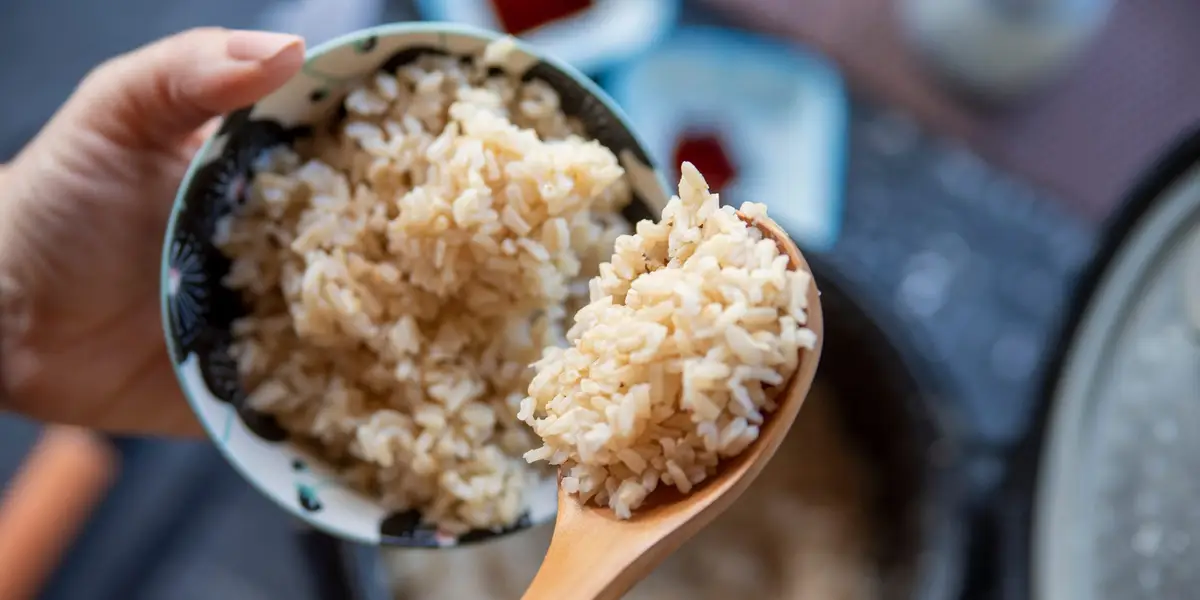

Articles
How To Reheat Rice In Rice Cooker
Modified: August 27, 2024
Looking for articles on how to reheat rice in a rice cooker? Find easy steps and tips for perfectly reheated rice in your rice cooker.
(Many of the links in this article redirect to a specific reviewed product. Your purchase of these products through affiliate links helps to generate commission for Storables.com, at no extra cost. Learn more)
Introduction
Reheating leftover rice can be a bit tricky. If not done properly, it can result in dry and clumpy rice that lacks the moisture and flavor of freshly cooked rice. Fortunately, there is a simple solution to this problem – reheating rice in a rice cooker. This method ensures that your rice is evenly heated and retains its moisture and texture.
In this article, we will explore why reheating rice in a rice cooker is a great option and provide a step-by-step guide on how to do it. We will also share some tips and tricks to help you achieve perfectly reheated rice every time. Additionally, we will discuss alternative methods for reheating rice in case you don’t have a rice cooker on hand. So let’s dive in!
Key Takeaways:
- Reheating rice in a rice cooker ensures even heating, moisture retention, and preserved texture, making it a convenient and effortless way to enjoy delicious, perfectly reheated rice every time.
- Alternative methods like the microwave, stovetop, steamer basket, or oven can also yield satisfactory results for reheating rice, providing flexibility for those without a rice cooker.
Why Reheating Rice in a Rice Cooker is a Great Option
Reheating rice in a rice cooker is a convenient and reliable method that offers several advantages over other reheating methods. Here are a few reasons why using a rice cooker is a great option:
- Even Heating: Unlike reheating rice in the microwave or on the stovetop, a rice cooker provides even and consistent heat distribution. This ensures that every grain of rice is heated thoroughly, eliminating cold spots and reducing the risk of unevenly reheated rice.
- Retains Moisture: Reheating rice in a rice cooker helps maintain the moisture content of the rice. The steam that is generated during the reheating process allows the rice to absorb the moisture, keeping it moist and preventing it from drying out. This is especially beneficial for leftover rice that has been refrigerated and may have lost some of its moisture.
- Preserves Texture: Using a rice cooker to reheat rice helps retain the original texture of the rice. The gentle steaming process prevents the rice grains from becoming mushy or sticky, ensuring that each grain maintains its individuality and pleasant chewiness.
- Effortless and Time-saving: Reheating rice in a rice cooker is incredibly easy and requires minimal effort. After adding the rice and a small amount of water to the rice cooker, you simply set the timer and let the cooker do its work. This frees up your time to focus on other tasks in the kitchen.
- Safe and Convenient: Rice cookers are designed with safety features such as auto shut-off and temperature control. This ensures a hassle-free reheating process without the risk of burning or overcooking the rice. Additionally, many rice cookers come with a keep-warm function, allowing you to keep the rice warm until you’re ready to serve.
Overall, reheating rice in a rice cooker is a great option for those who want to enjoy delicious, moist, and perfectly heated rice with minimal effort. Now that we understand the benefits, let’s move on to the step-by-step guide on how to reheat rice in a rice cooker.
Step-by-Step Guide on How to Reheat Rice in a Rice Cooker
Reheating rice in a rice cooker is a straightforward process that requires just a few simple steps. Follow the guide below to achieve perfectly reheated rice:
- Add the rice: Start by placing the leftover rice into the rice cooker. Use a spatula or fork to break up any clumps and ensure even heating.
- Add a small amount of water: To prevent the rice from drying out during reheating, add a small amount of water to the rice cooker. A ratio of 2 tablespoons of water per cup of rice is sufficient.
- Close the cooker: Make sure the rice cooker lid is securely closed before starting the reheating process.
- Select the reheat function: Most rice cookers have a specific reheat function or a “warm” setting. Select the appropriate setting to begin the reheating process.
- Let it steam: Allow the rice to steam in the rice cooker for approximately 10-15 minutes. The steam will penetrate the rice grains, revitalizing them and restoring their moisture content.
- Fluff the rice: After the reheating process is complete, open the rice cooker and use a fork or spatula to fluff up the rice. This helps loosen any remaining clumps and ensures that the heat is evenly distributed.
- Serve and enjoy: Your reheated rice is now ready to be served! Pair it with your favorite dishes or use it as a base for stir-fries, curries, or fried rice.
By following these simple steps, you can enjoy delicious and perfectly reheated rice using your rice cooker. However, it’s also worth noting a few essential tips and tricks to achieve the best results, which we will cover in the next section.
Add a splash of water to the rice before reheating in the rice cooker to prevent it from drying out. This will help to restore moisture and keep the rice fluffy.
Tips and Tricks for Perfectly Reheated Rice
To ensure that your reheated rice turns out perfect every time, here are some tips and tricks to keep in mind:
- Use the right amount of water: Adding a small amount of water is crucial for maintaining the moisture of the rice. However, be cautious not to add too much water, as it can make the rice excessively wet and mushy.
- Adjust the cooking time: The reheating time may vary depending on the amount and type of rice you are reheating. Adjust the cooking time accordingly to achieve the desired texture and temperature.
- Handle the rice gently: When fluffing the rice after reheating, use a gentle touch to avoid mashing the grains. This will help maintain the individuality and texture of the rice.
- Cover the rice cooker: Keeping the lid closed during the reheating process helps trap steam and heat, allowing the rice to absorb moisture and heat evenly.
- Store leftover rice properly: For best results when reheating rice, ensure that it has been properly stored in an airtight container in the refrigerator. Use leftover rice within 2-3 days to maintain its freshness.
- Consider adding flavor: If you’d like, you can add a dash of soy sauce, butter, or other seasonings to the rice for added flavor while reheating. This can enhance the taste of the reheated rice and make it more enjoyable to eat.
- Reheat in small batches: If you have a large quantity of leftover rice, it’s a good idea to reheat it in smaller batches rather than all at once. This allows for better heat distribution and ensures that each portion of rice is evenly reheated.
By keeping these tips in mind, you can optimize the reheating process and achieve delicious, fluffy, and perfectly reheated rice every time. However, if you don’t have a rice cooker or prefer alternative methods of reheating, there are other options available.
Alternative Methods to Reheat Rice
If you don’t have a rice cooker or prefer to use alternative methods to reheat your leftover rice, there are a few options available. While these methods may not yield the same level of consistency and convenience as reheating in a rice cooker, they can still produce satisfactory results:
- Microwave: The microwave is the most common and quickest method for reheating rice. Place the rice in a microwave-safe dish, add a small amount of water, cover the dish with a microwave-safe lid or microwave-safe plastic wrap, and heat on medium power for 1-2 minutes per cup of rice. Stir the rice halfway through the heating process to ensure even reheating. Be cautious not to overheat, as this can result in dried out rice.
- Stovetop: Reheating rice on the stovetop requires a bit more time and effort but can yield good results. Place the rice in a saucepan with a small amount of water and heat over low to medium heat. Stir occasionally to prevent sticking and ensure even reheating. Add more water if needed to maintain moisture.
- Steamer Basket: If you have a steamer basket, you can use it to reheat rice. Place the rice in the steamer basket, add a small amount of water to the pot, and bring it to a simmer. Place the steamer basket over the pot and cover with a lid. Steam the rice for 5-7 minutes or until heated through.
- Oven: Reheating rice in the oven is another option. Preheat the oven to 300°F (150°C), place the rice in an oven-safe dish, cover with a lid or aluminum foil, and bake for about 15-20 minutes or until the rice is heated through. You can also add a small amount of water or broth to the rice to help retain moisture.
While reheating rice using these alternative methods, it’s important to monitor the process closely to prevent the rice from drying out or becoming too mushy. Remember to adjust the reheating time based on the quantity and type of rice being reheated.
Now that you have learned about the various methods to reheat rice, it’s time to wrap up our discussion.
Read more: How To Clean Mold Out Of Rice Cooker
Conclusion
Reheating rice doesn’t have to be a challenging task. Whether you have a rice cooker or prefer alternative methods, there are options available to achieve perfectly reheated rice every time. However, reheating rice in a rice cooker offers several advantages such as even heating, moisture retention, and preserved texture.
By following a simple step-by-step guide, you can easily reheat rice in a rice cooker. Just add the rice and a small amount of water, select the reheat function, and let the rice cooker work its magic. After a few minutes of steaming, your rice will be ready to serve.
To ensure the best results, remember to incorporate some helpful tips and tricks. Use the appropriate amount of water, adjust the cooking time as needed, handle the rice gently, and consider adding flavor to enhance the taste. Properly storing leftover rice and reheating it in small batches can also contribute to better results.
For those without a rice cooker, alternative methods like the microwave, stovetop, steamer basket, or oven can be used to reheat rice. While they may require a bit more attention and effort, they can still yield satisfactory results.
Whether you choose to reheat rice in a rice cooker or through alternative methods, the important thing is to enjoy the delicious and comforting taste of reheated rice. It’s a convenient way to make the most of your leftovers and extend the life of your cooked rice.
So, next time you find yourself with leftover rice, don’t hesitate to reheat it in a rice cooker or try one of the alternative methods. With a little care and attention, you can enjoy a warm and delicious bowl of rice that tastes just as good as freshly cooked.
Remember, reheating rice is not only practical but also a great way to minimize food wastage and make the most of your culinary creations. So go ahead, reheat that rice, and savor every flavorful bite!
Frequently Asked Questions about How To Reheat Rice In Rice Cooker
Was this page helpful?
At Storables.com, we guarantee accurate and reliable information. Our content, validated by Expert Board Contributors, is crafted following stringent Editorial Policies. We're committed to providing you with well-researched, expert-backed insights for all your informational needs.
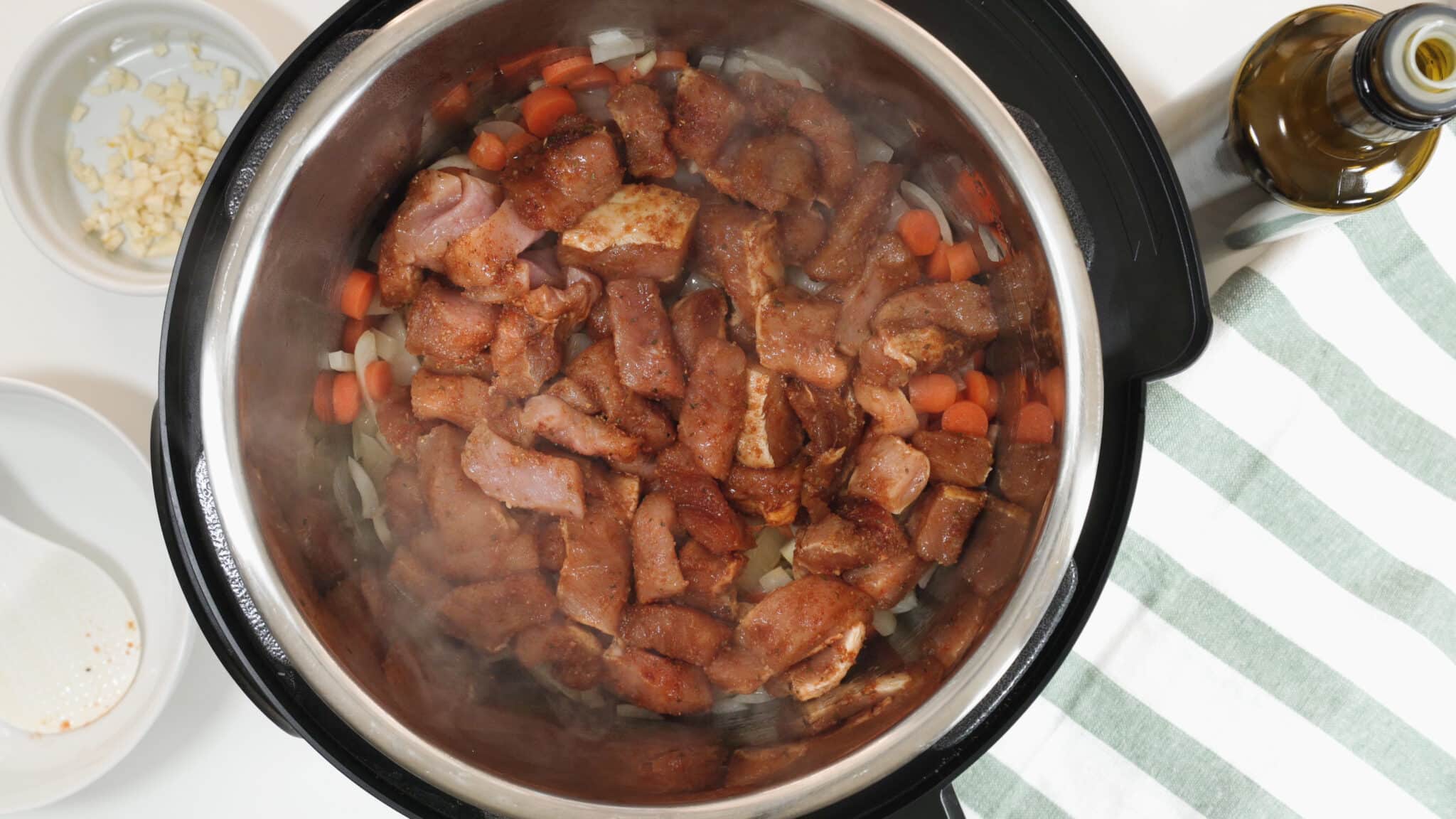
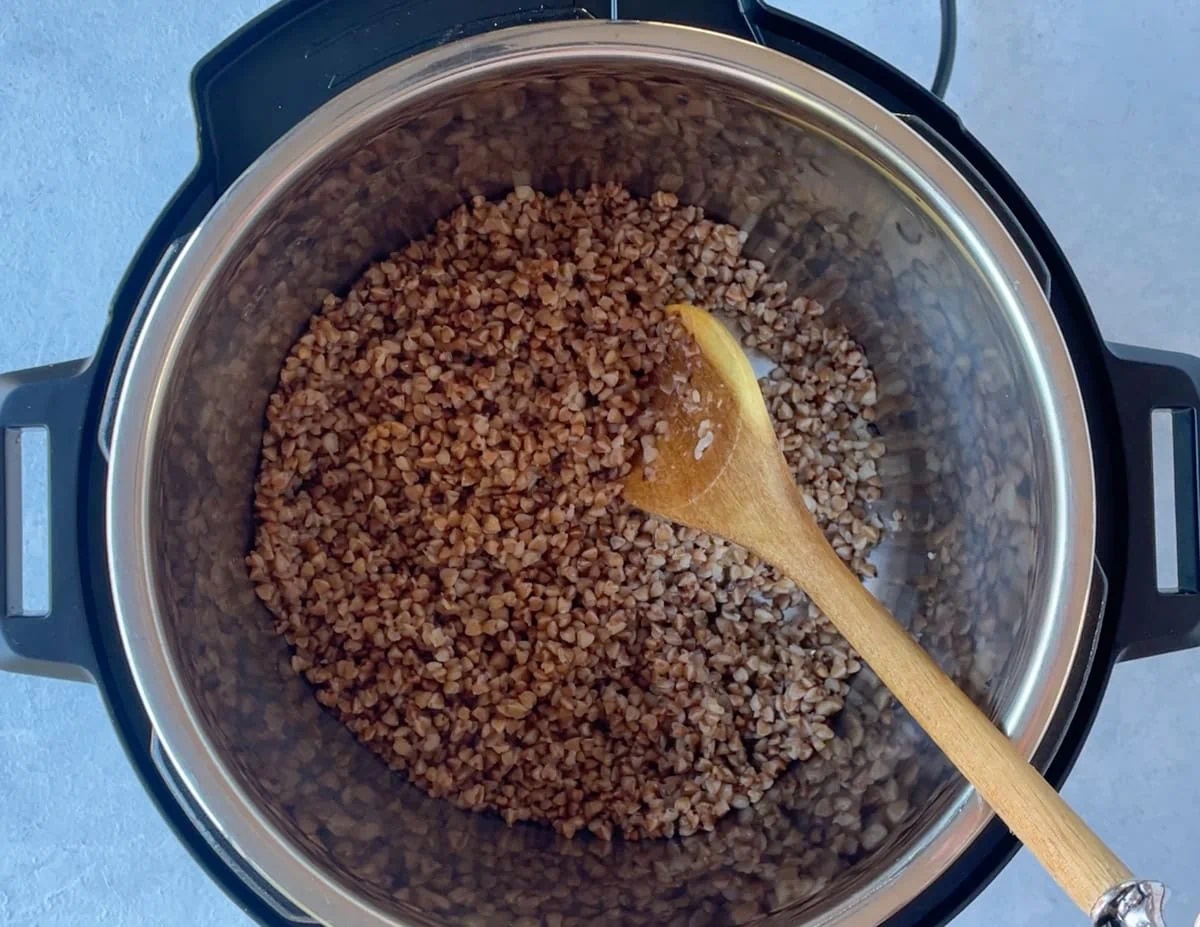
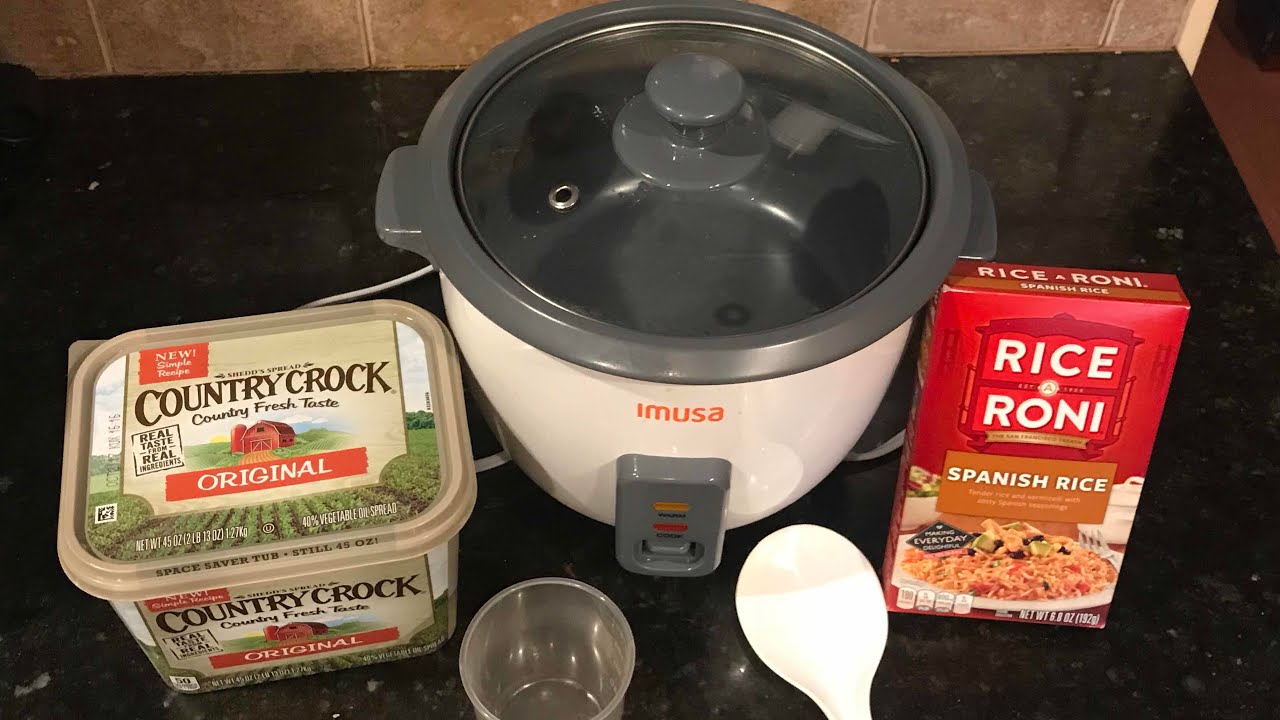
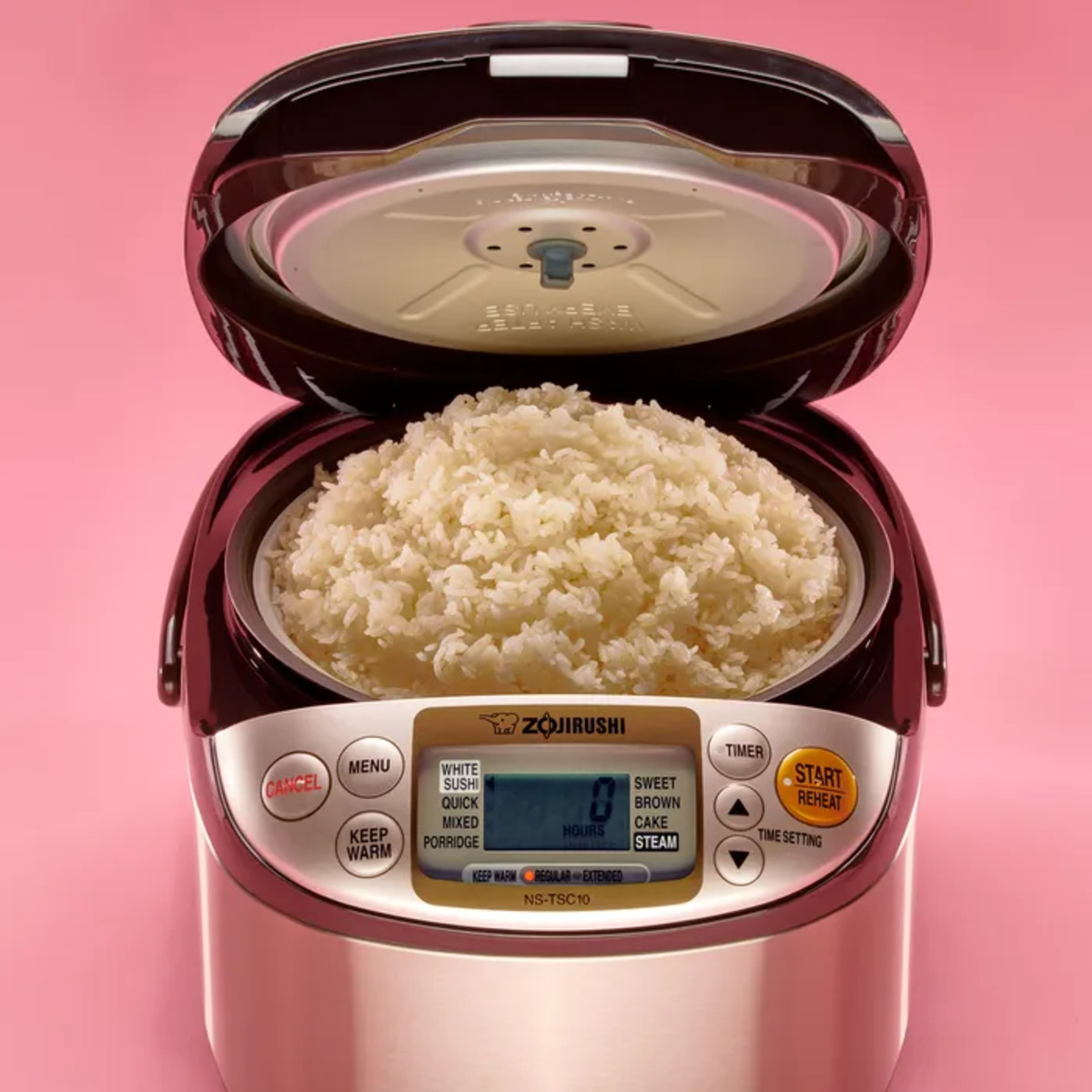
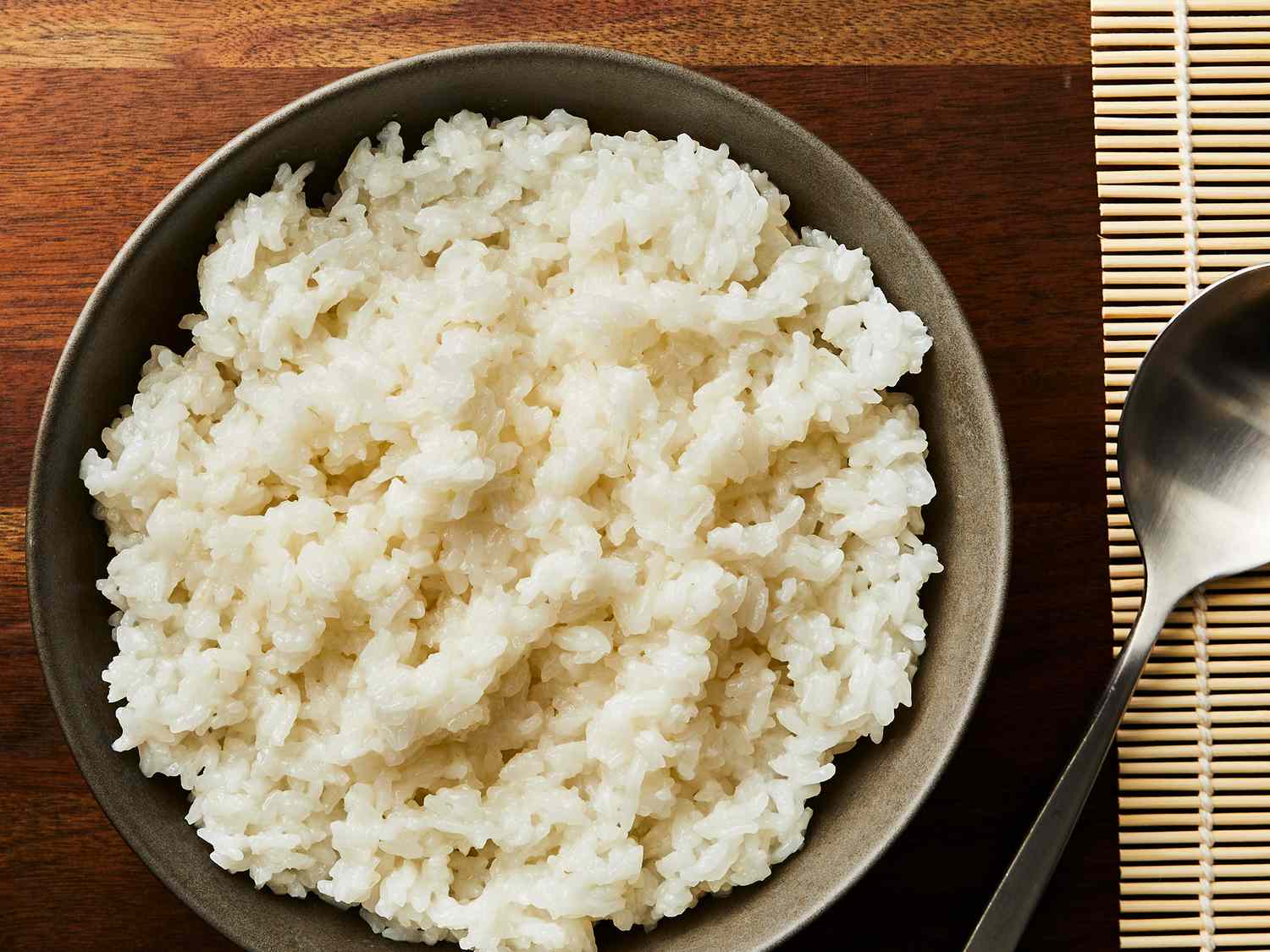
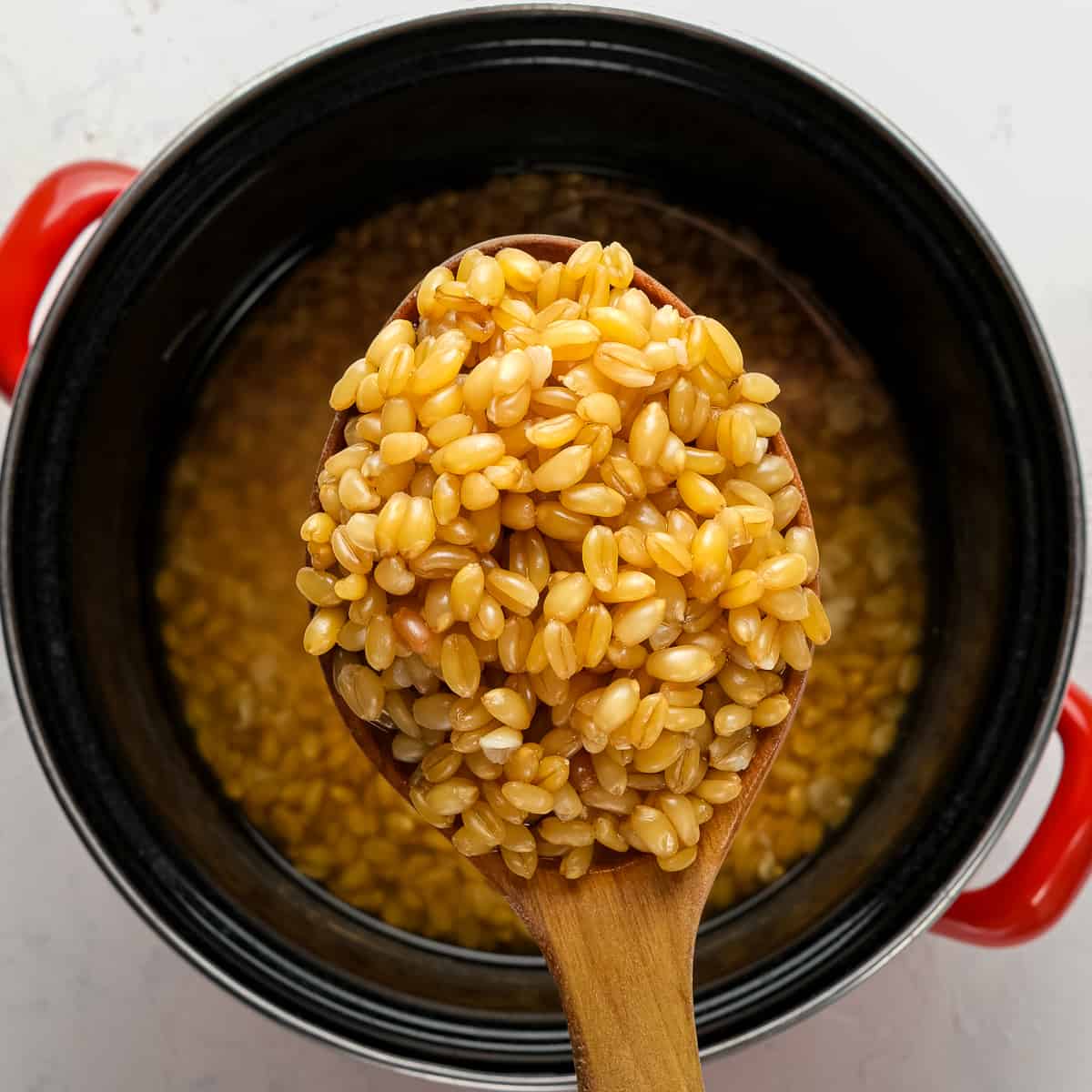
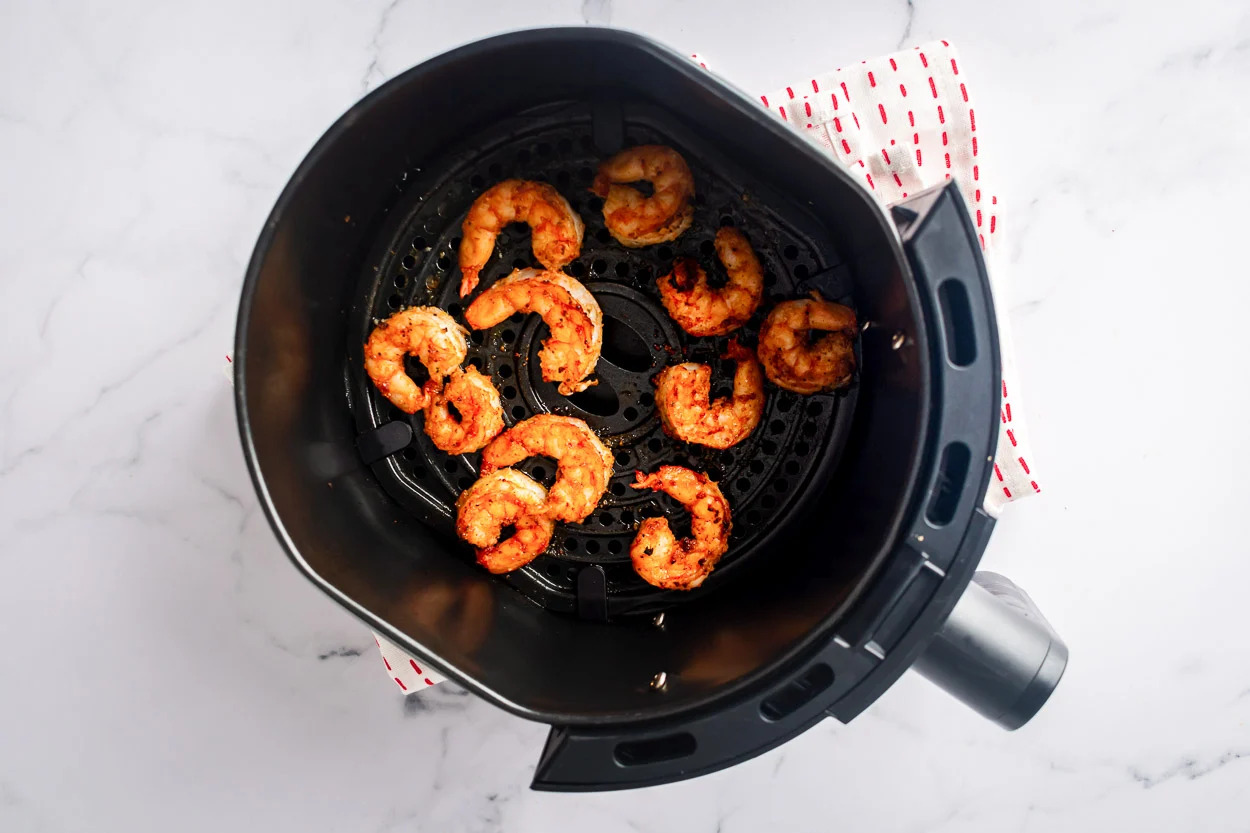
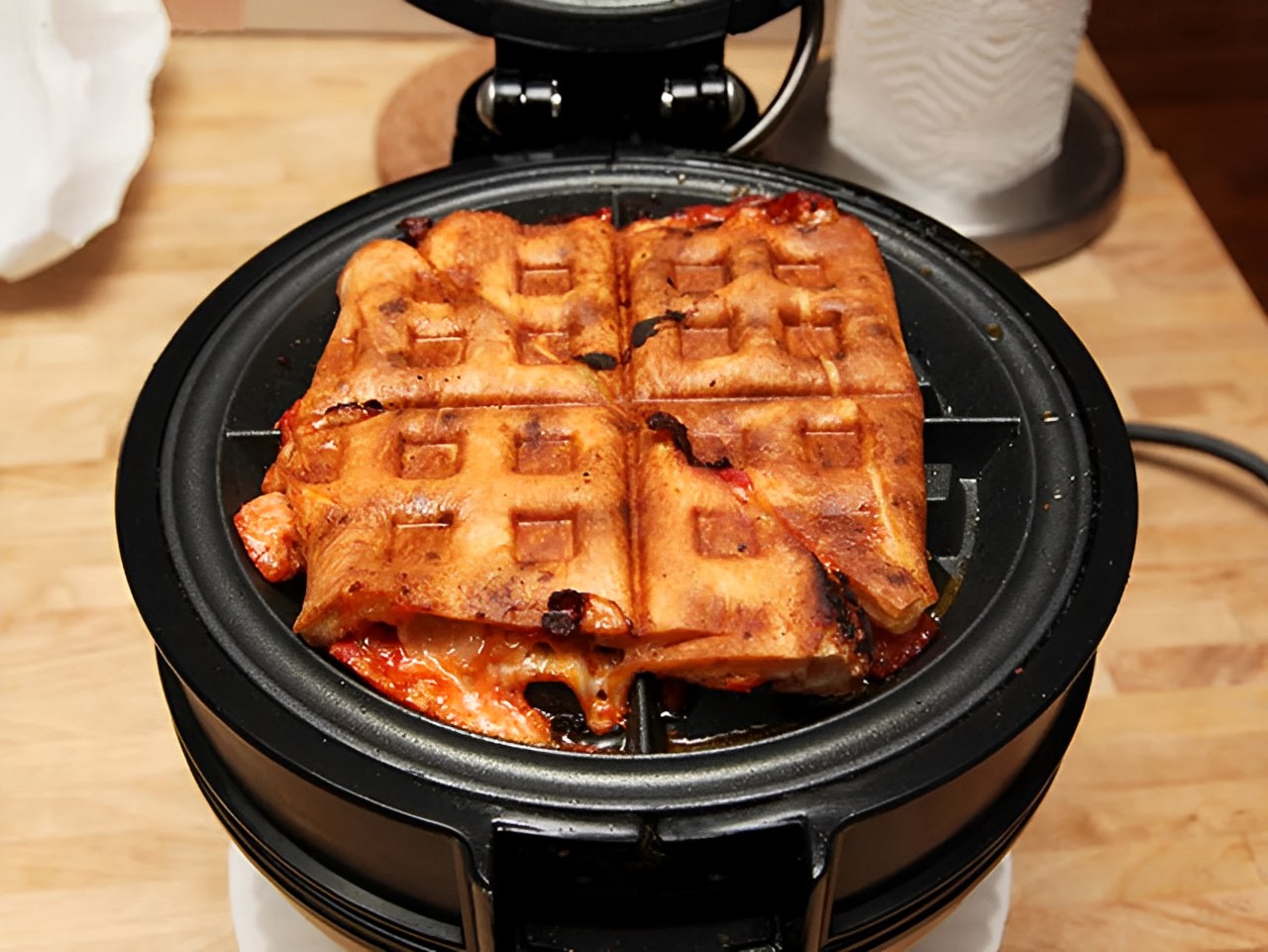
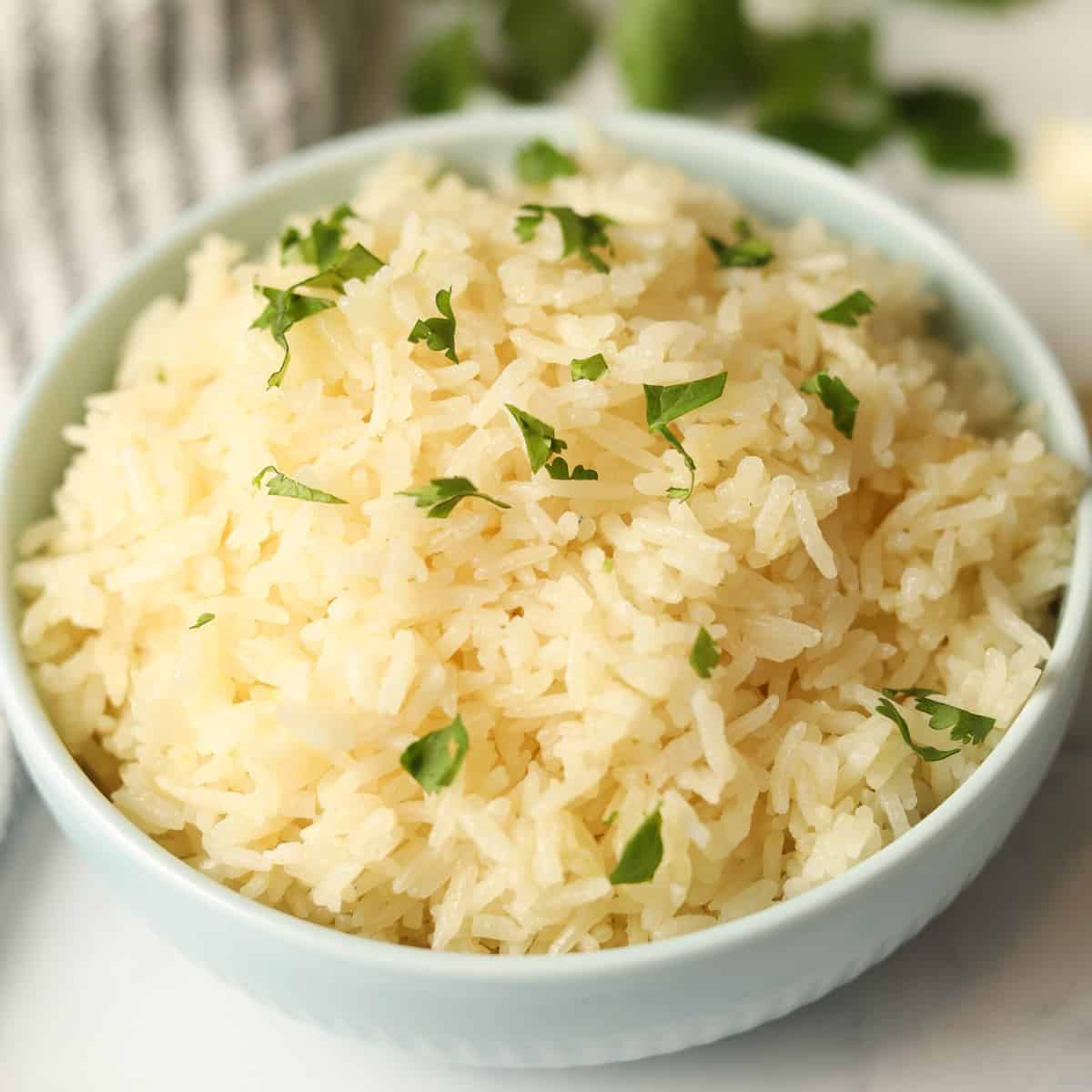
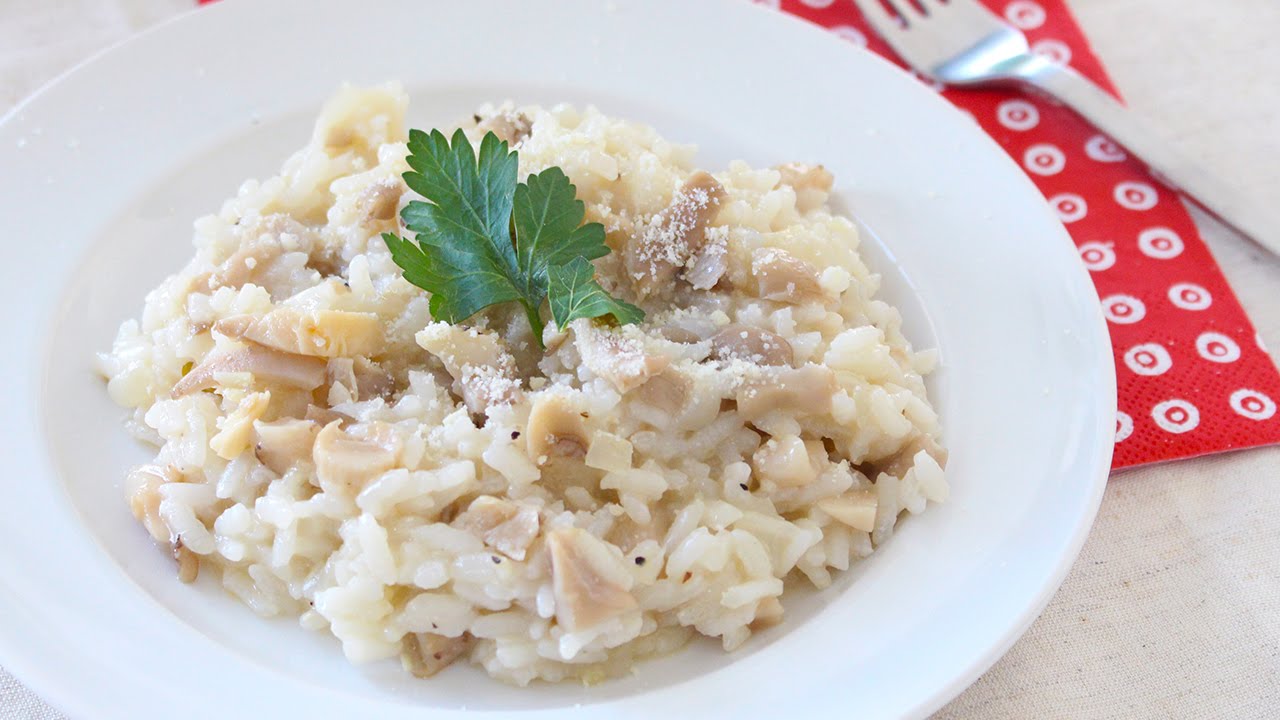
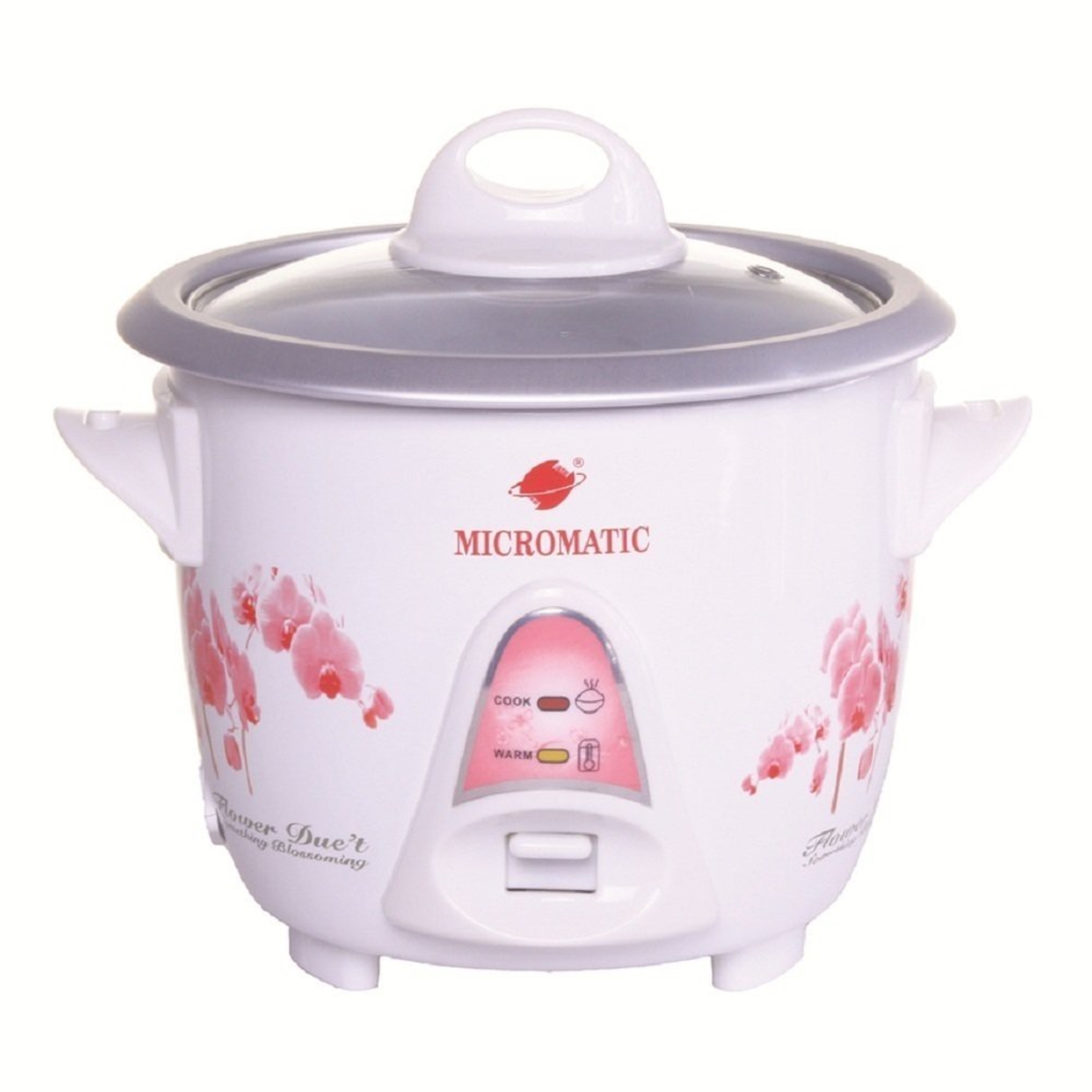
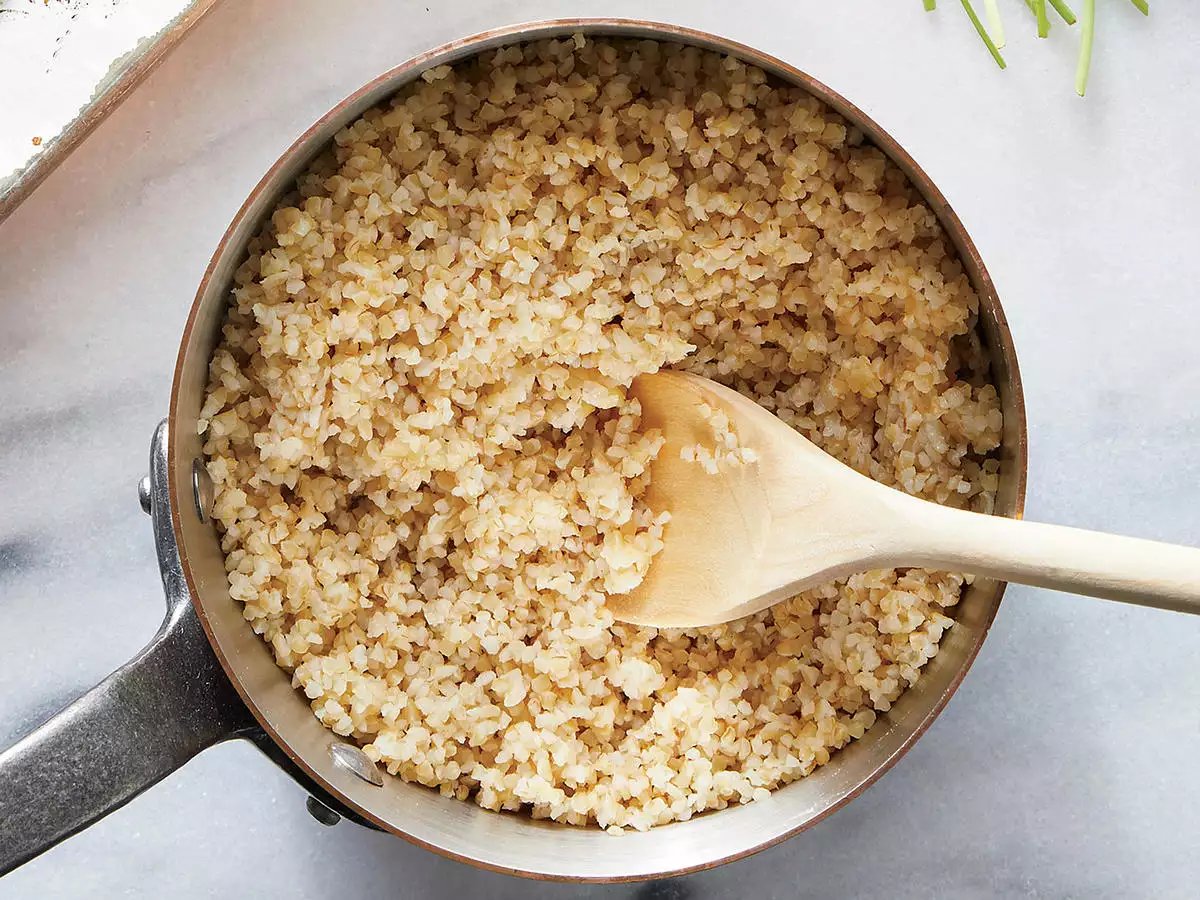
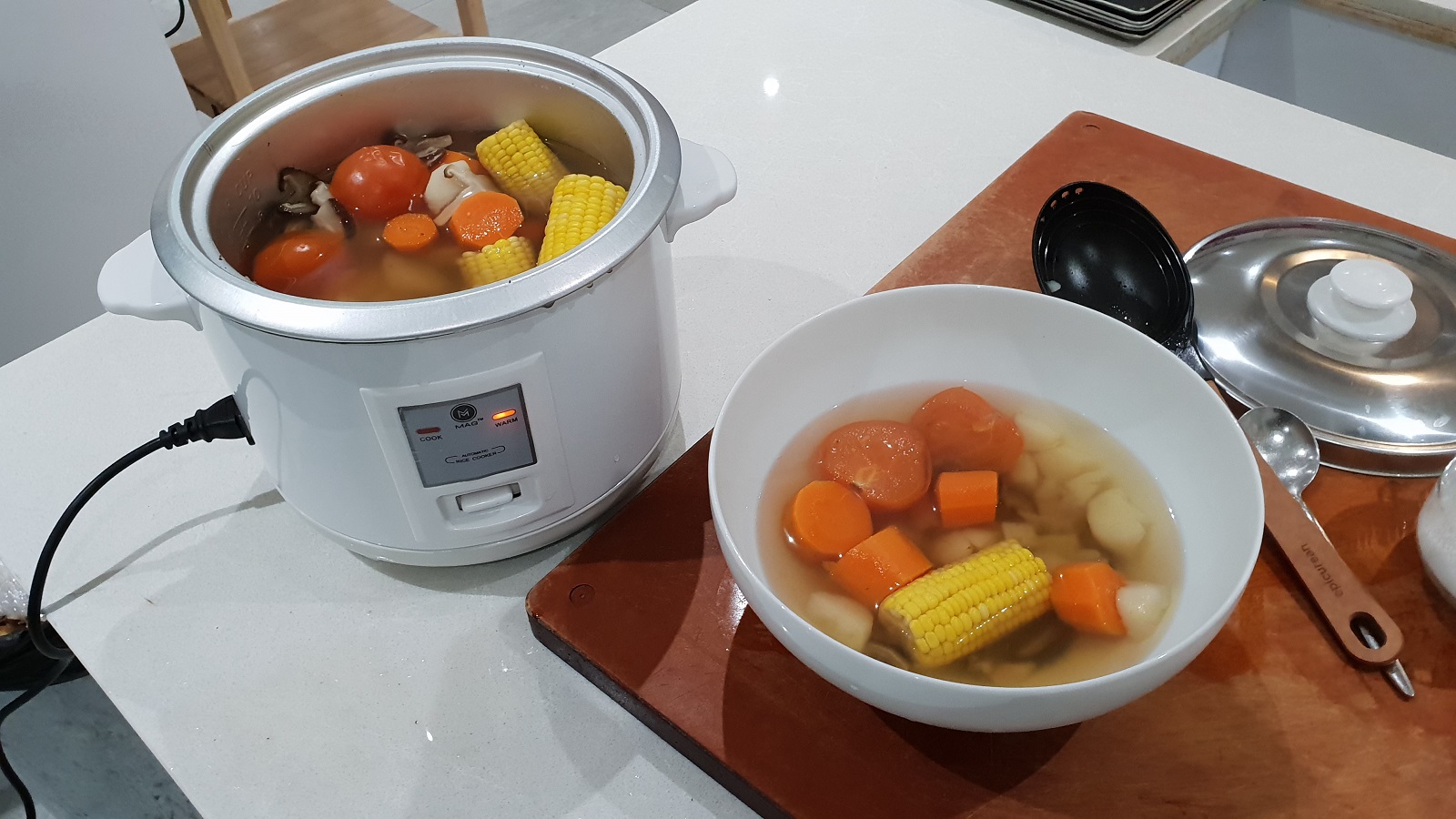
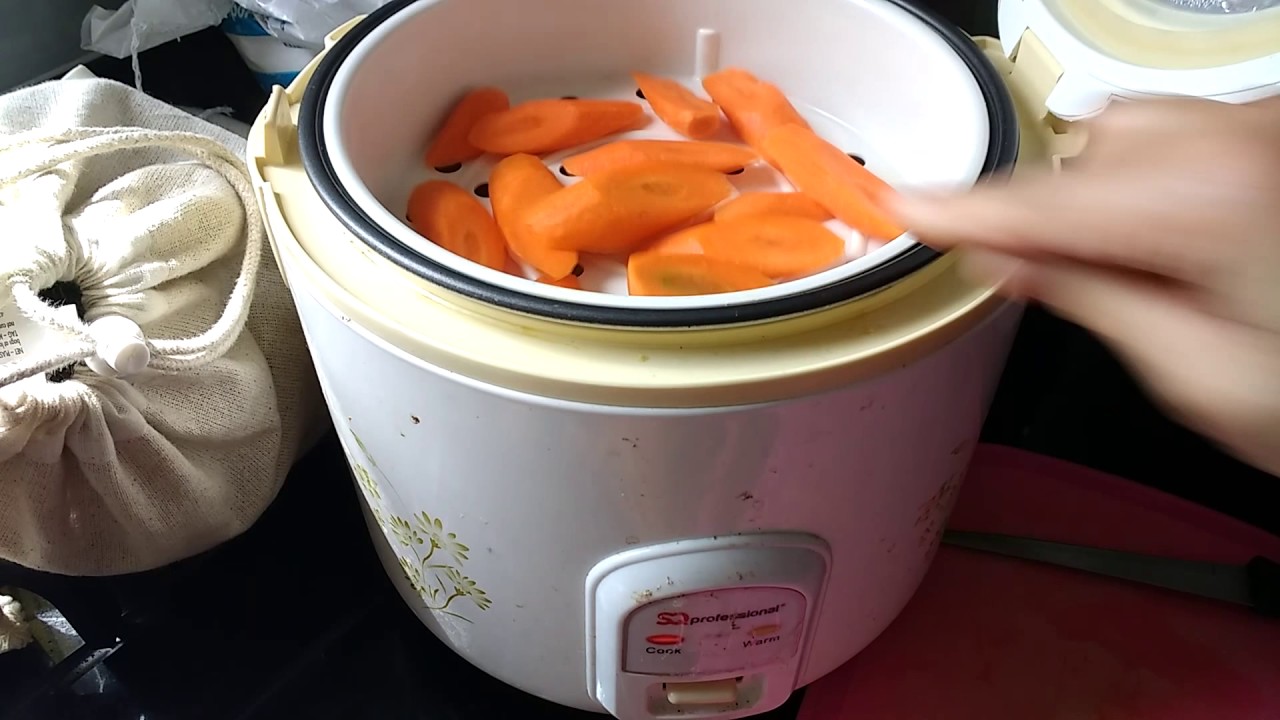

0 thoughts on “How To Reheat Rice In Rice Cooker”